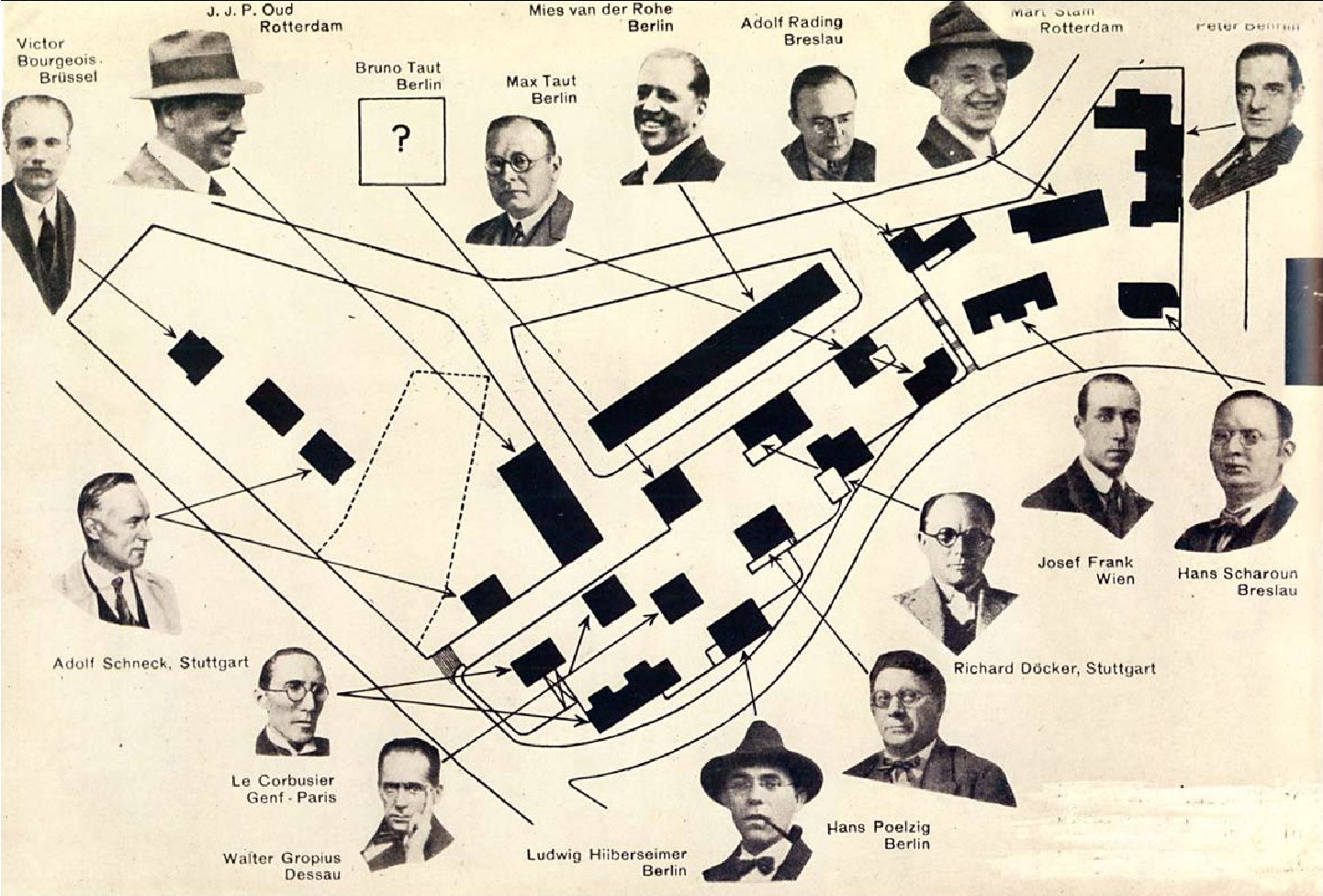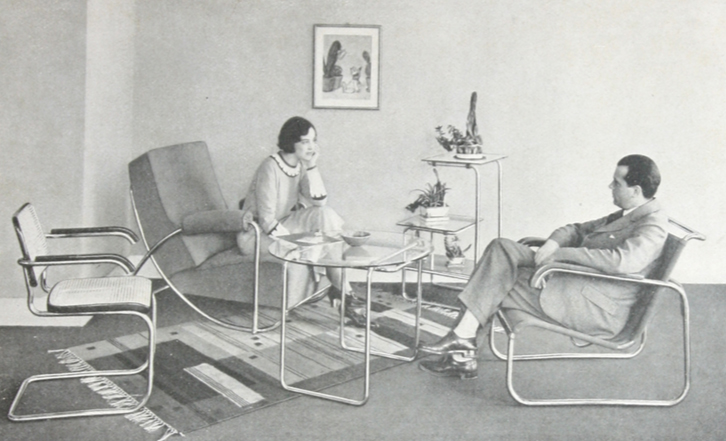There is a saying that every Modernist architect of the early 20th century designed at least one tubular chair. So many great masters, so many amazing chairs. But who was first brave enough to design the radical Freischwinger : The chair without back legs?
It's a suprisingly difficult question, and even after some 90 years since the tubular chair was first presented, many design curators still struggle to name the author. With help from Otakar Macel, (a leading authority on tubular furniture and the author of the book "2100 Metal Tubular Chairs"), we will try to explain the story behind the first cantilevered tubular chair.
Most art historians agree that the first cantilevered tubular chair was designed by either the Dutch architect Mart Stam or the Hungarian architect Marcel Breuer. It is a well known fact that Breuer was developing the concept of continuous cantilevered tubular tables and stools for some time in the 1920s. Breuer always claimed that Mart Stam had drawn his version of the chair after their mutual conversation about Breuer's work on tubular furniture; i.e. Breuer was first.
The problem for Breuer was the fact that Mart Stam presented the first tubular chair without back legs to the general public before Breuer. It was in his project of social housing in Stuttgart in June 1927, as part of the Die Wohnung exhibition.
Curated by Mies van der Rohe, this exhibition was a true manifesto of the Modernist movement. It consisted of 21 buildings with a total of 63 different apartments, 16 Avantgarde architects - each demostrating a new radical way of building and living. Mart Stam was the youngest of them, aged just 28 years old.
Above This image shows the interior of one of the flats designed by Mart Stam for the exhibition furnished with the cantelivered chairs. Below Mart Stam's original drawings of the tubular chair and his first prototype of the chair made from steel pipes.
To complicate things even more, two years later after the Stutgart exhibition Anton Lorenz gained the licence from Stam to produce the same type of chair. He started to sell them under his company Desta as Model ST12.
At the same time the Thonet company were producing a similar chair credited to Marcel Breuer as model B33.
All this resulted in court proceedings that lasted until 1932. In the end, the court decided that Mart Stam was not only the designer of this particular chair but also the inventor of the fundamental concept of the cantilevered tubular chair. After winning the case, Anton Lorenz sold his company and the rights to make Stam's design to Thonet. And then started working for Thonet himself as a specialist for the patents!
After 1932 all the Thonet catalogues showed Stam instead Breuer as the designer of the B33 chair. We can find many variations of the tubular chair in these catalogues. With slightly different curves, materials, colours, with or without handles.
The truth is, Mart Stam only ever designed one tubular chair without back legs and that was the prototype model for the Stuttgart exhibit. All the other chairs (despite some of them listed under Stam's name) were designed mostly by Anton Lorenz. Although Marcel Breuer never officially received recognition for the design of the cantilevered chair, he kept working for Thonet and other manufacturers alongside many other architects, to make countless variations of the iconic tubular chair without back legs.






















